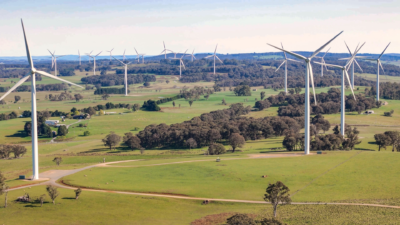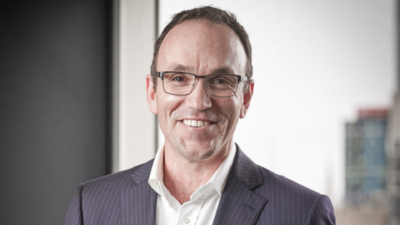Prepare for the might of the giga-fund
In less than 20 years there will likely be a trillion-dollar super fund. So how will it throw its awesome weight around?
It might have been premature to label AustralianSuper our first mega-fund. After all, it gives little room to move when coming up with a descriptor for a fund that will someday manage $1 trillion. Maybe “giga-fund” is more apt. And KPMG national sector leader for superannuation Linda Elkins believes it will reach that $1 trillion size by 2040, even without any more mergers – albeit in projections that also exclude the “potential strategic impacts” of Your Future, Your Super (YFYS).
The newly-formed Australian Retirement Trust (ART) will be up there with it, though there will be a significant gap between those two funds and the rest of the pack, many of which will sit around the paltry $500-$600 billion mark. As has already been noted several times in this publication, that mass of FUM will create new investment challenges for big super.
“We always hold up the Canadian and Dutch systems as major asset owners, but I don’t believe that in 2040 we’ll be able to replicate our current investment structure or theirs,” said Brnic Van Wyk, head of asset liability management at ART. “Those are very large funds, but defined benefit funds.”
“The money is sticky, and you can invest long-term in private assets. Our retirement phase is going to be a much larger proportion of the funds being invested; funds are cashflow negative. Assets need to generate cashflows. We can no longer rely on unrealized capital gains.”
A very large part of the fund will also be completely liquid, creating a “systemic risk” within the economy where a very large chunk of assets could leave immediately. It’s an unlikely scenario, but possible. And with great FUM will also come great responsibility – not just to members, but to the companies, and stakeholders of those companies, that big super invests in.
A thought experiment offered by moderator Nick Callil, head of retirement solutions at Willis Towers Watson, offers some insight into the governance challenges such funds might face. As owners of Twitter in 2040, a conglomerate of funds is faced with banning the President of the United States from using the platform – a governance issue of the sort that many companies, but not many super funds, face today.
“There’ll be lots of situations maybe not quite like that, but as super funds – either by themselves or in consortiums – acquire publicly-listed companies, more and more we will have to think through not just the funding issues around owning an airport or a port or a social media platform, but to what extent you have an obligation to take a stand on those kinds of matters,” said Qantas Super CEO Michael Clancy.
Elkins believes that super funds will need different capabilities from their employees – Clancy nominated a new “chief ethics officer” – while Van Wyk said that boards will require more independent directors.
“It’s often frustrating that the risk-free position is to do nothing… I think that the problem for us, going forward, when there’s increased demand for mature governance will be we are less going to be able to hide behind doing nothing,” Van Wyk said. “And I’d like to see, and I’ll challenge my team – please record the times we decide to do nothing. And let’s measure that as well. We’re going to be asked to act.”
“Members’ best financial interests is our north star – our guiding principle. But is that enough? Some elements of that (Twitter) question, you can draw a line to members’ best interests but there are broader issues, community and society issues that you can’t escape.”
Photo: Jeremy Veitch











